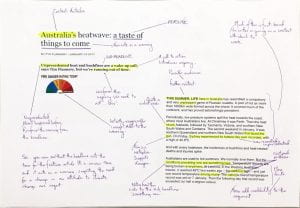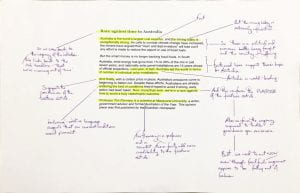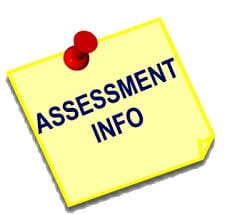Use the task sheet below to structure your investigation into a range of feature articles:
You can cut and paste this into a separate Word/Pages document. There are a series of feature articles for you to investigate at the bottom of this post.
Feature Articles
Paired Work Task Sheet
In today’s lesson, you will explore a range of feature articles.
Title of Feature Article ………………………………………………………………
Audience ………………………………………………………………………………
Evidence
Purpose ……………………………………………………………………………….
Evidence
Title and Headline
Details (The Main Article)
Conclusion
Language
Personal Response
Did you think it was a successful feature article? Why/why not?
How did the feature article inform, entertain and persuade?
How did the feature article meet the criteria for being successful?
Feature Articles:
Australia’s Heatwave Feature Article
Context: Written by an Australian scientist at Macquarie University. He’s also a government advisor on climate change. The text concerns the heatwave which hit much of Australia in 2013.
Audience: It could be argued that the text is aimed at all Australians to warn them that climate change is a threat to the country. You could also argue that the text is also aimed at people who deny that climate change exists, or aimed at people who might want to invest in solar panels for their property. Another audience could be advocates for renewable energy.
Purpose: The text acts as a warning to those who are perhaps unaware of the challenges facing our climate in Australia. The tone of the article suggests that people need to act urgently to mitigate the threat posed by global warming. By using a wide range of facts, Flannery alerts the reader to how dangerous the changes to our climate are and that Australia is in a race against time. The article ends on a sense of optimism in terms of our approach to renewable energy.
Disney’s Dolls




